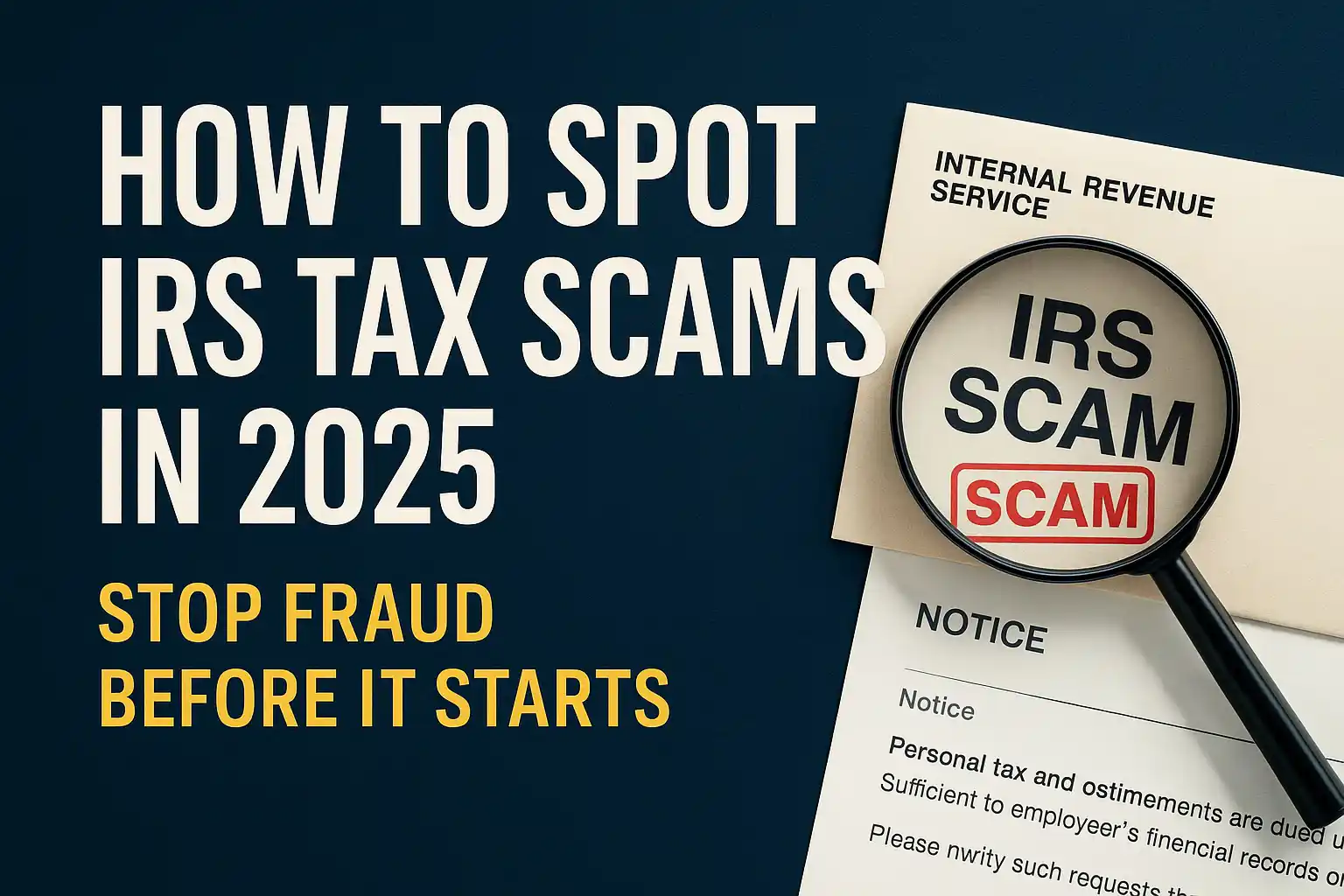As the April 15, 2025 tax filing deadline approaches, it’s normal to feel a mix of urgency and anxiety. However, even in these final moments, there are strategic moves you can make to optimize your tax situation.
Whether you’re considering filing an extension or aiming to uncover overlooked deductions, here’s how you can take control and potentially reduce your tax liability before submitting your 2024 return.
Check out this video fora full break down of the best last-minute tax strategies!
1. Consider Filing an Extension
If you’re racing against the clock and fear missing out on valuable deductions, filing for an extension can be a prudent choice. By filing an extension, you can extend your filing deadline to October 15, 2025, giving you additional time to thoroughly review your financial records and ensure no deduction is left unclaimed.
Important Note: While an extension grants you more time to file, it doesn’t extend the deadline to pay any taxes owed.To avoid potential penalties and interest, estimate and pay any anticipated tax liability by the original April 15 deadline.
Still not sure about extensions? Watch this video to learn more about benefits and potential savings you could gain from filing an extension this tax season!
2. Uncover Overlooked Deductions
Even if you’re down to the wire, it’s worth taking a moment to identify deductions you might have missed. Here are some commonly overlooked areas:
- Business Travel Expenses: Review your records for any trips taken for business purposes. Eligible expenses can include airfare, lodging, transportation, and meals. Ensure you have documentation to substantiate these deductions.
- Home Office Deduction: If you use a portion of your home exclusively for business, you may qualify for a home office deduction. This can cover a percentage of your rent or mortgage, utilities, and other related expenses.
- Educational Expenses: Costs associated with maintaining or improving your professional skills, such as courses, seminars, or workshops, may be deductible.
- Medical Expenses: If your unreimbursed medical expenses exceed a certain percentage of your adjusted gross income, they may be deductible. Review your records for any qualifying expenses.
3. Maximize Retirement Contributions
Contributing to retirement accounts like a Traditional IRA can reduce your taxable income. For the 2024 tax year, you have until April 15, 2025, to make contributions that can be applied to your 2024 return.
The contribution limits for 2024 are $7,000 for individuals under 50 and $8,000 for those 50 or older. This strategy not only lowers your current tax liability but also bolsters your retirement savings.
4. Organize and Review Financial Records
A systematic review of your financial documents can reveal deductions and credits you might have overlooked. Consider the following steps:
- Bank and Credit Card Statements: Scrutinize these for deductible expenses you may have missed.
- Digital Payment Platforms: Review transactions on platforms like PayPal, Venmo, or Zelle for potential business-related expenses.
- Receipts and Invoices: Gather and organize any physical or digital receipts that substantiate your deductions.
5. Consult with a Tax Professional
If you’re uncertain about potential deductions or tax strategies, seeking advice from a tax professional can be invaluable. They can provide personalized guidance tailored to your financial situation, ensuring compliance with tax laws while maximizing your return.
Looking for a tax pro who actually gets it? Check out the Main Street Tax Advisor Network—over 1,000 trusted experts certified by Mark J. Kohler himself.
It’s FREE to search, easy to use, and packed with passionate professionals ready to help you keep more of what you earn.
Bottom Line
Even as the tax deadline looms, there are effective strategies you can employ to enhance your tax return. Whether it’s filing an extension to buy more time, uncovering overlooked deductions, or maximizing retirement contributions, proactive steps can lead to significant tax savings.
Remember, thoroughness and attention to detail can make a substantial difference in your tax outcome.
Take Action
Stay organized. Minimize penalties. Maximize tax savings.
The 2025 Trifecta Planner keeps everything in one place—so you can focus on growing your business.
Inside, you’ll find:
- Tax deadlines & payment schedules
- Business and real estate strategy sections
- Content ideas and marketing prompts
- Space to map out your full Trifecta
Plan smarter. Stress less. Order your 2025 Trifecta Planner today.










